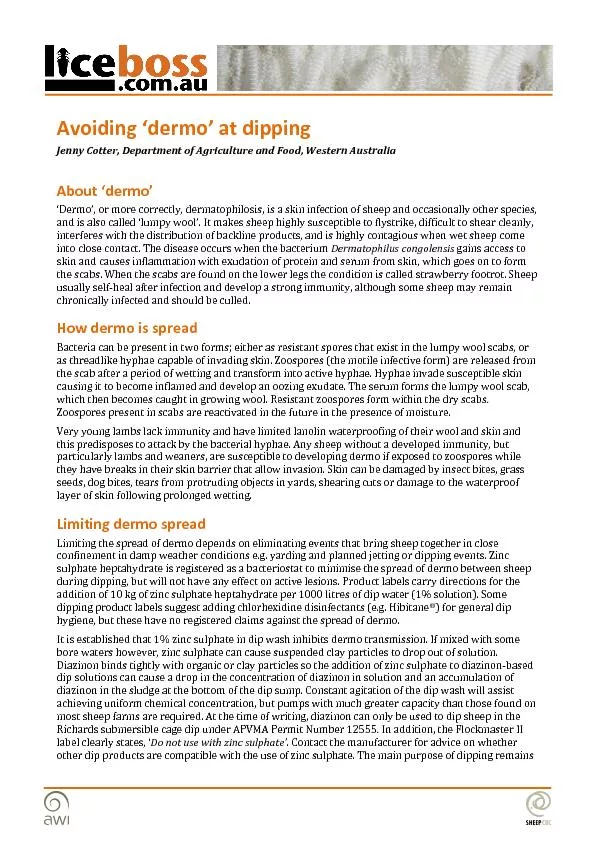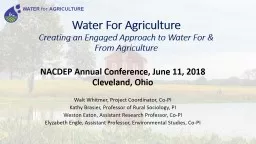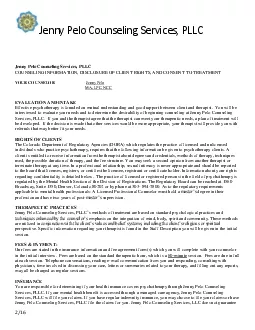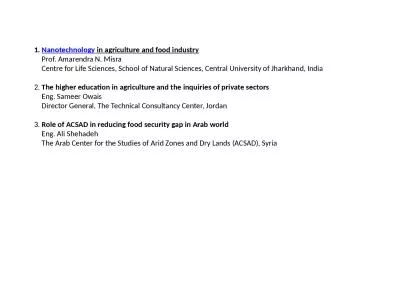PDF-Jenny Cotter, Department of Agriculture and Food, Western Australia ..
Author : celsa-spraggs | Published Date : 2016-11-22
Avoiding x2018d ermo x2019 at dipping About x2018d ermo x2019 x2018 Dermo x2019 or more correctly dermatophilosis is a skin infection of sheep and occasionally
Presentation Embed Code
Download Presentation
Download Presentation The PPT/PDF document "Jenny Cotter, Department of Agriculture ..." is the property of its rightful owner. Permission is granted to download and print the materials on this website for personal, non-commercial use only, and to display it on your personal computer provided you do not modify the materials and that you retain all copyright notices contained in the materials. By downloading content from our website, you accept the terms of this agreement.
Jenny Cotter, Department of Agriculture and Food, Western Australia ..: Transcript
Download Rules Of Document
"Jenny Cotter, Department of Agriculture and Food, Western Australia
.."The content belongs to its owner. You may download and print it for personal use, without modification, and keep all copyright notices. By downloading, you agree to these terms.
Related Documents














